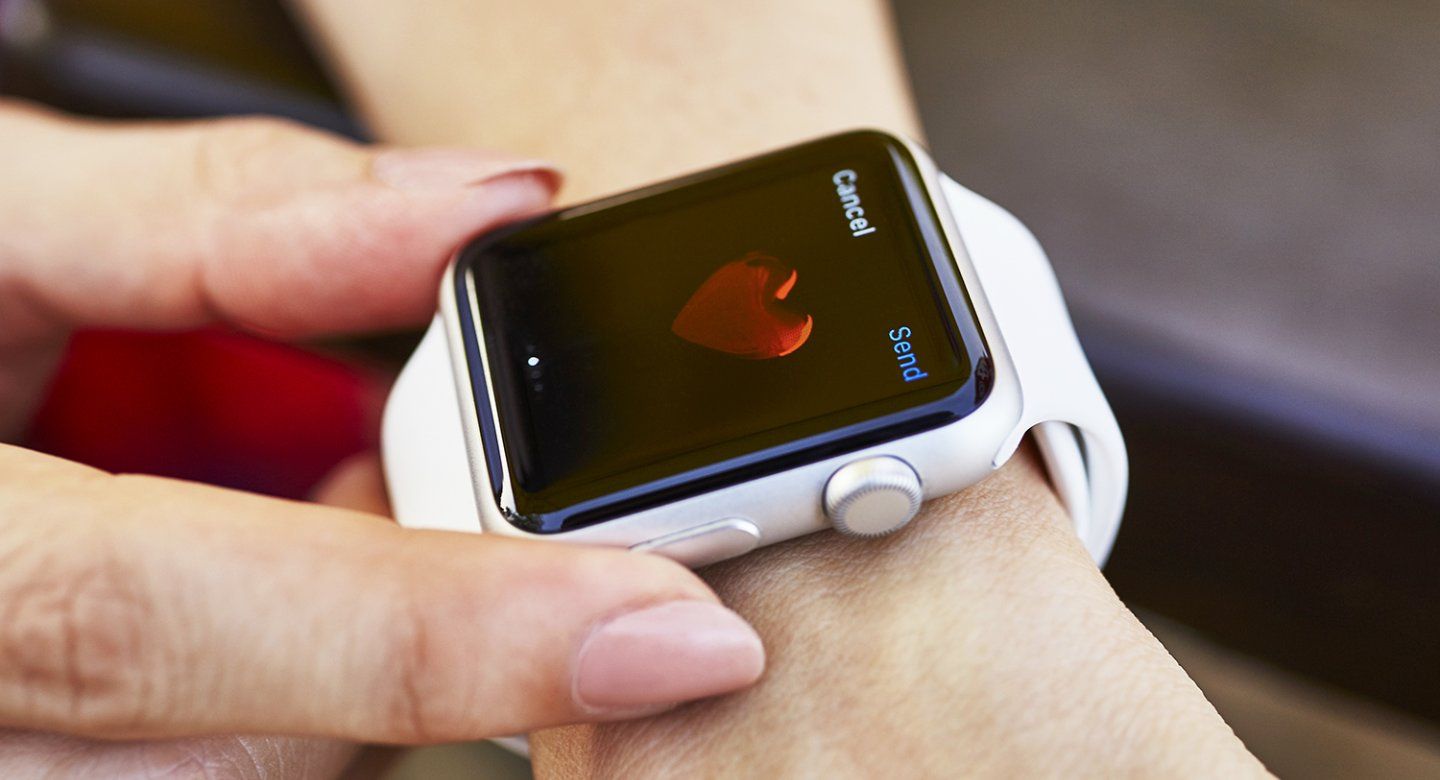Fitbit, Apple Watch Screening for Heart Arrhythmia Needs More Study
Smartwatch Alerts Might Not Point to Atrial Fibrillation
Company claims are leaping ahead of medical science by promoting the use of smartwatches to screen for heart rhythm disorders.
That’s the conclusion of a UC San Francisco cardiologist who specializes in arrhythmias and was among the first to explore the potential of smartwatches to alert wearers about possible atrial fibrillation (AF), a serious condition that can lead to deadly strokes.
More scientific evaluation is needed to develop and validate consensus recommendations to ensure that benefits outweigh risks for consumers who use smartwatches to screen themselves for AF, says Gregory Marcus, MD, MAS, a UCSF professor of medicine with the Division of Cardiology, in an opinion piece in Circulation.
The article, in the influential medical journal, is a response to a recent study in the same publication on the use of Fitbit watches for detecting AF.
“Smartwatch detection of AF holds tremendous promise, but substantial work is needed to integrate this consumer-received information into optimized care of our individual patients and the well-being of the public,” Marcus writes.
Although AF contributes to about 158,000 U.S. stroke deaths yearly, and often diminishes quality of life, the disorder is not common enough to warrant population-wide screening by cardiologists who examine ECG data using gold-standard, 12-lead electrocardiographs.
Marcus and his colleagues first investigated the Apple Watch as a potential tool to detect AF, several years ago. Apple Watches and Fitbits both use optical “photoplethysmography” (PPG) sensors to track pulse. Using ECG measurement to confirm the presence or absence of AF, Marcus and others found that smartwatch detection of irregular timing of heartbeats could often point to cases of AF.
We might find that it makes sense for those at low risk to opt-out of alerts based on PPG data analysis.
The most recent smartwatch models boast more refined algorithms to mathematically analyze PPG data and determine whether to alert the wearer about heartbeat irregularities. In addition, some smartwatches now incorporate more sensitive single-lead electrocardiograph sensors that the user can activate.
In The Fitbit Heart Study, researchers reported that a little over 1 percent of 455,699 participants experienced one or more irregular heart-rhythm detections. About one-third of those who experienced irregular heartbeats and then wore a single-lead ECG monitor experienced an abnormal ECG reading suggestive of AF.
But more studies are needed to better assess risks and benefits, Marcus says.
“We might find that it makes sense for those at low risk to opt-out of alerts based on PPG data analysis,” he says. Very little is known about AF health outcomes associated with smartwatch screening, and there are no rigorous studies to evaluate the accuracy of AF detection using irregular heartbeat alerts that trigger immediate ECG recording, Marcus notes.
The prevalence of AF increases with age. Prevalence of AF is unlikely to be much greater than 1 percent in U.S. adults, Marcus says, but about 5 percent of those age 60 and over are afflicted. The risk for AF is highest for individuals with pre-existing heart conditions. Besides age, additional risk factors include chronic health conditions such as obesity and alcohol consumption.
Marcus notes that even a highly specific screening test can result in most positive results being falsely positive when disease incidence is low. Consider a hypothetical screening test that has a high accuracy rate, such as 95 percent “specificity” and “sensitivity.” This means 5 percent of true negatives test falsely positive. If true disease incidence in the screened population is just 1 percent, then about 5 people would be wrongly diagnosed for every person who was accurately diagnosed.
False positive results generate their own risks, including unnecessary worry and anxiety, unwarranted utilization of medical resources and sometimes treatment that may do more harm than good, says Marcus.
He suggests that patients with already-confirmed AF might be among those to benefit most from smartwatch use: “Real-time AF detections can empower patients to identify triggers of their AF, to assess the effectiveness of various therapies and to determine if vague or general symptoms are due to their arrhythmia or something else.”
For financial disclosures, please see the paper.
